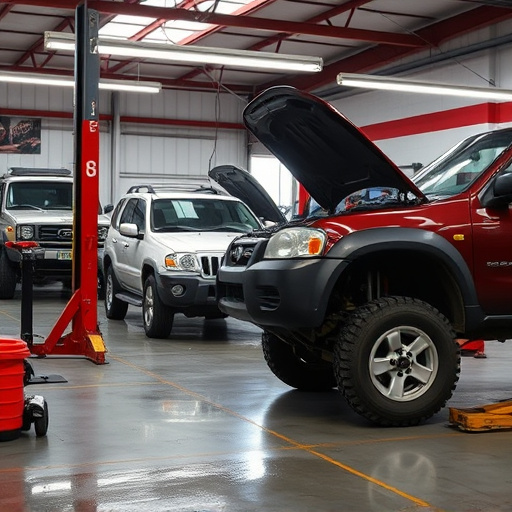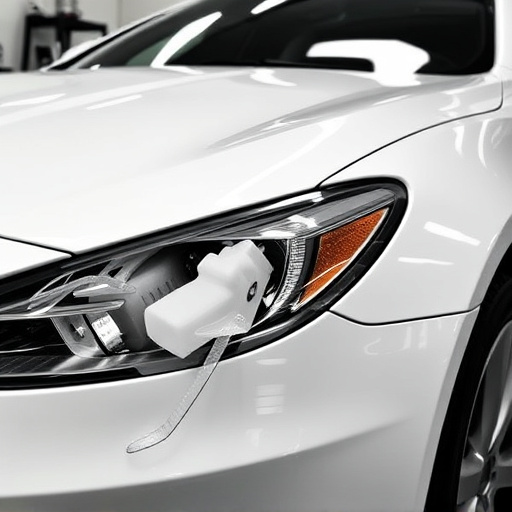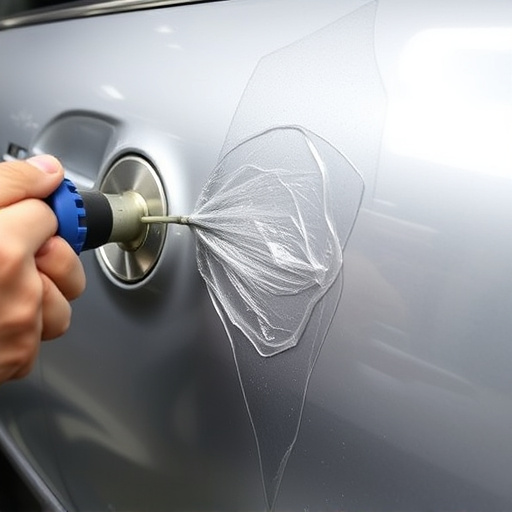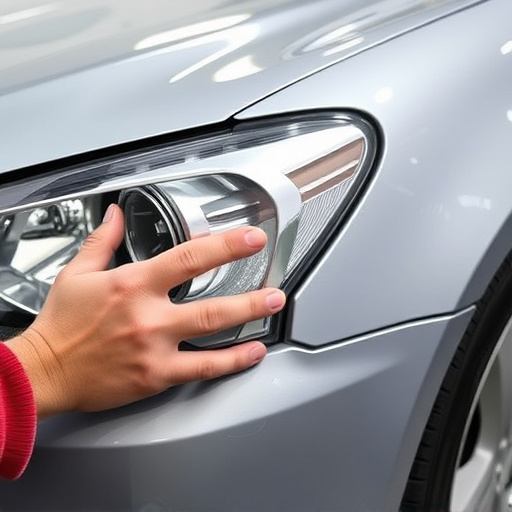Tesla's Thermal Management System actively monitors and regulates vehicle temperature during charging to prevent damage. Key components include liquid cooling systems, heat sinks, and advanced algorithms. Regular checks are crucial for Model S and Model X vehicles prone to overheating issues due to their advanced battery systems. Watch for unusual temperature increases during or after charging, address anomalies promptly through specialized service centers, and perform thorough Tesla thermal management checks after any overheating incident to maintain vehicle health.
In today’s digital era, maintaining optimal temperatures in electric vehicles like Tesla is paramount. Understanding your car’s thermal management system, especially after charging, can prevent serious issues. This guide delves into the intricacies of Tesla’s thermal management system, equipping owners with knowledge to identify potential overheat problems post-charging. Learn how to perform a comprehensive thermal management check to ensure your Tesla remains in top shape, minimizing disruptions and maximizing performance. A must-read for every Tesla owner concerned about their vehicle’s health.
- Understanding Tesla's Thermal Management System
- Identifying Potential Overheat Issues After Charging
- Performing a Comprehensive Thermal Management Check
Understanding Tesla's Thermal Management System

Tesla’s Thermal Management System is a sophisticated network designed to ensure optimal performance and safety during charging. This system actively monitors and regulates the vehicle’s temperature, especially after high-power charging events. When a Tesla experiences an overheat in its charging system, a series of mechanisms kick in to prevent damage and maintain stability.
Key components like liquid cooling systems, heat sinks, and advanced algorithms work together to dissipate heat efficiently. Understanding these thermal management strategies is crucial for owners to recognize potential issues early on, such as unusual temperature readings or prolonged charging times. Regular maintenance, including a thorough Tesla thermal management check, can help prevent more serious problems related to overheating—even mitigating the need for costly repairs in automotive collision scenarios.
Identifying Potential Overheat Issues After Charging

After a charging session, it’s crucial to perform a Tesla thermal management check to identify potential overheat issues. One of the first signs could be an unusual increase in temperature during or immediately after charging. This is especially true for Model S and Model X vehicles, known for their advanced battery systems. Drivers should pay close attention to any alerts from the car’s computer, as these may indicate problems with cooling systems, power management, or even battery cell health.
Regular maintenance, including timely tire services, fender repair, and automotive repair services, can help prevent thermal management issues. Keeping an eye on battery temperature profiles over time allows for proactive measures to ensure optimal performance and safety. Should any anomalies be observed, addressing them promptly through specialized Tesla service centers or trusted automotive repair shops is essential to maintain the vehicle’s overall health.
Performing a Comprehensive Thermal Management Check

Performing a comprehensive Tesla thermal management check is crucial after any instance of system overheat, especially for electric vehicles known for their advanced technology and unique cooling requirements. This involves a meticulous process that starts with visually inspecting the vehicle for signs of damage or unusual heat-related issues. Check for any cracks in the coolant lines, leaks from seals, or visible wear on components like radiators and heat exchangers. These initial observations can provide valuable insights into potential problems.
Subsequent to visual assessment, a more detailed check includes measuring key thermal parameters such as engine temperature, coolant temperature, and charge state temperature. This data helps in gauging the performance of the Tesla’s thermal management system, which is vital for maintaining optimal battery health and preventing future overheat events. If discrepancies or anomalies are detected during this stage, further diagnostics may be required to identify and rectify issues related to frame straightening, vehicle paint repair, or other vehicle repair needs that could impact heat dispersion and overall thermal management efficiency.
Regularly performing a thorough Tesla thermal management check is essential, especially after charging, to prevent system overheat issues. By understanding your car’s thermal management system and identifying potential problems early on, you can ensure optimal performance and longevity of your Tesla. A comprehensive check allows for proactive measures, addressing any thermal-related concerns before they escalate. This simple yet crucial maintenance practice can keep your electric vehicle running smoothly and efficiently.














